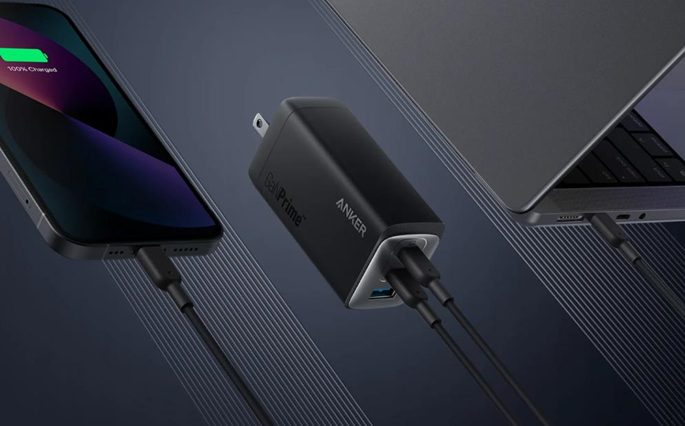In today’s fast-paced world, where time is of the essence, waiting for hours to charge our devices can feel like a significant inconvenience. This is where fast charging technologies come to the rescue, promising to refuel our devices quickly and efficiently. In this article, we’ll take a deep dive into the science behind these fast charging technologies, such as Qualcomm’s Quick Charge and USB Power Delivery. We’ll explore how they manage to deliver faster charging times without compromising battery health and discuss their compatibility with various devices.
Understanding the Need for Speed: Fast Charging Explained
The Basics of Charging
Before delving into the intricacies of fast charging, it’s important to understand how regular charging works. When you connect your device to a charger, electrical energy is transferred from the power source to the battery. The battery stores this energy, which is later used to power your device. In standard charging, this energy transfer occurs at a consistent rate, taking longer to fill up the battery.
Fast Charging Unveiled
Fast charging technologies disrupt the traditional charging process by optimizing various factors involved in energy transfer. Instead of relying solely on a fixed voltage and current, fast charging technologies dynamically adjust these parameters based on the device’s needs and the current battery level. This means that as the battery fills up, the charging speed can be increased, delivering more power in a shorter amount of time.
Quick Charge and USB Power Delivery: A Closer Look
Quick Charge: Adaptive and Intelligent Charging
Qualcomm’s Quick Charge is a well-known fast charging technology that adapts to the specific power requirements of the device. Quick Charge-enabled devices communicate with the charger to negotiate optimal voltage levels, resulting in faster charging times. This technology also incorporates multiple voltage levels and efficient power management to prevent overheating and ensure the battery’s health.
USB Power Delivery (USB PD): Flexibility and Compatibility
USB Power Delivery is a universal fast charging standard that focuses on delivering higher power levels through USB cables and ports. USB PD devices negotiate the appropriate power levels, which can range from a few watts to over 100 watts, depending on the device’s capabilities. This flexibility makes USB PD compatible with a wide range of devices, from smartphones to laptops, while ensuring efficient charging.
Maintaining Battery Health: Balancing Speed and Longevity
Temperature Management
One of the challenges of fast charging is managing the heat generated during the charging process. Rapid energy transfer can lead to increased temperatures, which can degrade the battery over time. Fast charging technologies employ advanced temperature management systems to monitor and regulate the heat, ensuring that the battery remains within safe operating limits.
Charge Phases and Battery Chemistry
To safeguard battery health, fast charging technologies often employ multi-phase charging approaches. These approaches include an initial phase of high-speed charging followed by slower charging as the battery reaches higher capacity levels. Additionally, advanced battery chemistry, such as lithium iron phosphate (LiFePO4), is used in some fast charging systems to mitigate the stress on the battery and extend its overall lifespan.

Compatibility Across Devices and Brands
Standardization and Interoperability
One of the challenges in the world of fast charging is ensuring compatibility across different devices and brands. While Quick Charge and USB PD are widely adopted standards, not all devices support both technologies. However, many modern devices are designed to work with a variety of fast charging technologies, making it possible to enjoy rapid charging regardless of your device’s brand.
Universal Charging Adapters
To address compatibility concerns, manufacturers often provide universal charging adapters that support multiple fast charging protocols. These adapters can automatically detect the connected device’s capabilities and negotiate the appropriate charging parameters. This approach simplifies the charging process for users and eliminates the need to carry multiple chargers for different devices. Many manufacturers have successfully engineered fast charger for iphone that not only powers up your device efficiently but also does so without causing any damage.
Conclusion
Fast charging technologies have transformed the way we power our devices, offering a balance between speed and battery health. Whether it’s Quick Charge, USB Power Delivery, or other emerging standards, these technologies leverage adaptive voltage and current management, efficient power delivery, and temperature control to provide us with rapid charging without compromising the longevity of our batteries. As technology continues to evolve, the future holds the promise of even more efficient and effective fast charging solutions, making the waiting game a thing of the past.
